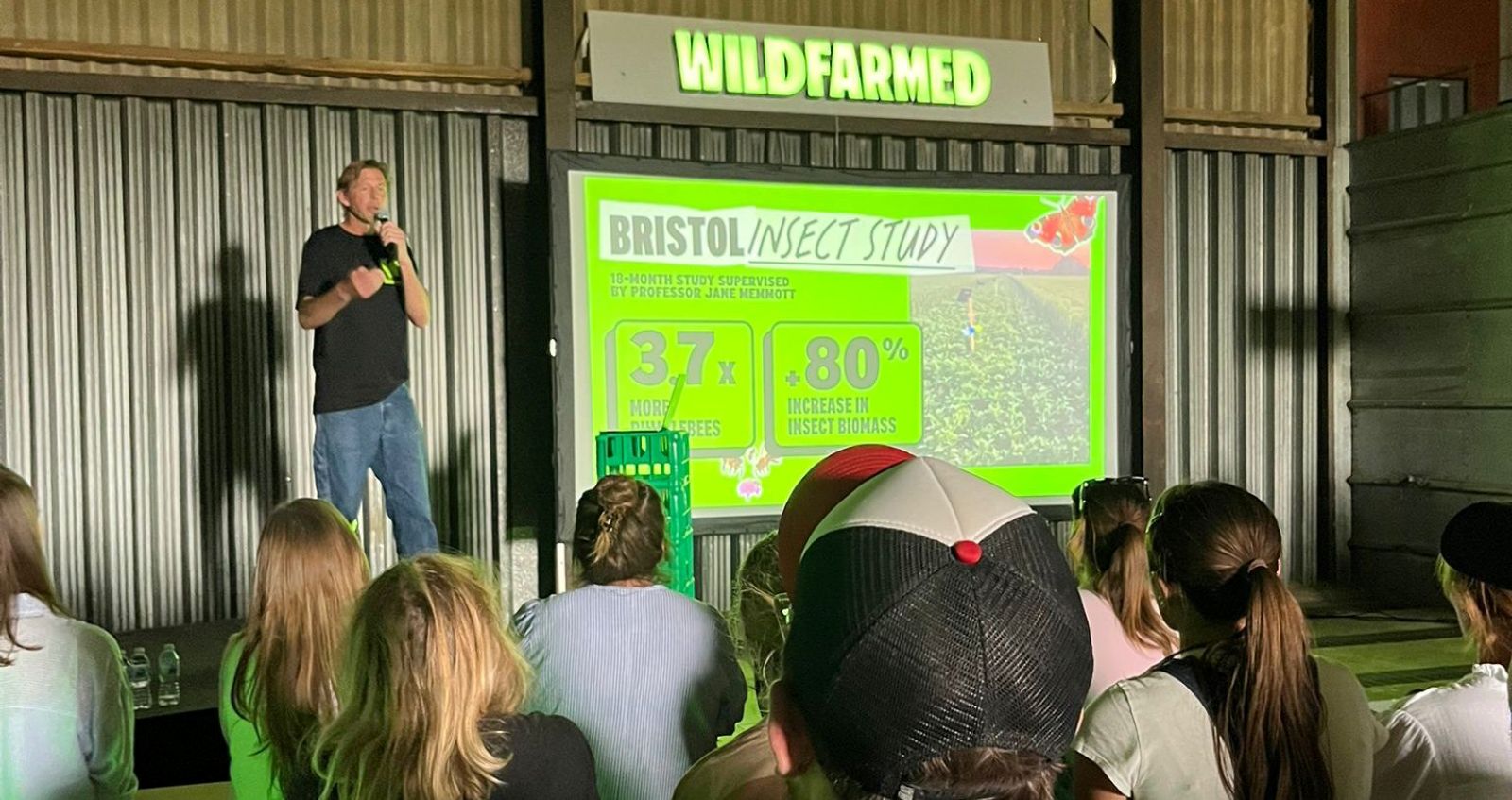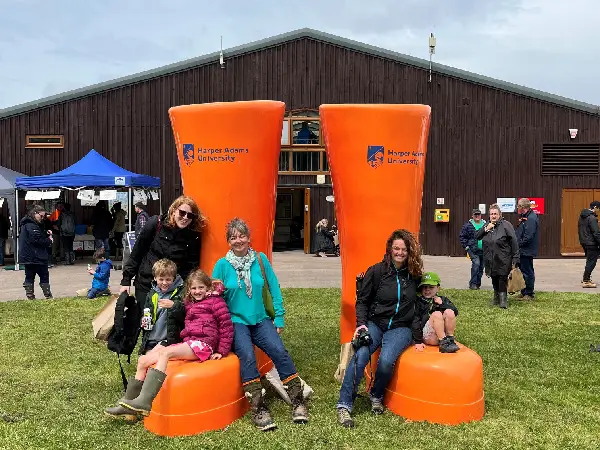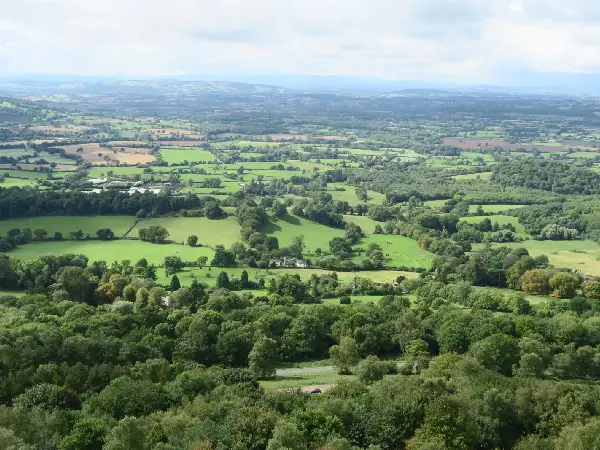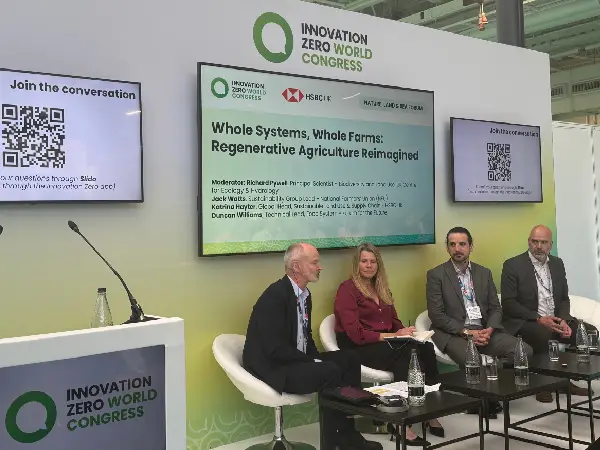
Regenerative farming, outcomes, and the power of brand
Following her visit to Wildfarmed for a field trip rooted in regenerative farming, the brand experience and food culture, Hannah Lloyd tells us why it matters.
Regenerative farming, outcomes, and the power of brand – reflections from Wildfarmed field trip
At Pinstone, we’re privileged to be at the heart of conversations shaping the future of farming, food, and the environment.
Yesterday’s Wildfarmed field trip was a shining example of this, a gathering that sparked ideas, challenged convention, and showcased the powerful intersection of regenerative farming, bold brand marketing, and an immersive food culture.
Moving regenerative farming from practices to outcomes
What sets Wildfarmed apart in the regenerative space is their clear, unapologetic focus on outcomes over practices.
As Andy Cato, the farmer and co-founder behind Wildfarmed said: “This is not about rigid systems, but about results: better biodiversity, healthier soils, cleaner water, and nutritious crops.”

This mindset challenges the wider industry to think beyond practices and instead measure what matters.
Their approach to qualifying outcomes is the result of years of learning and collaboration with a raft of specialists and expert tools and institutions. They’re looking at AI-powered insect monitoring, soil health indices rooted in porosity and infiltration, and data-backed biodiversity gains.
These are compelling metrics for a sector seeking proof points to justify change. Their principle is clear: nature and food can only succeed together.
_1.jpg)
Yet, the Wildfarmed message doesn’t alienate; it acknowledges farming’s diversity and pragmatism. They accept that transitioning to regenerative systems is complex, incremental and must work with the financial realities of farm businesses. This openness helps bridge the gap with more traditional farming models.
The power of brand in shaping a resilient food system
Wildfarmed marketing is arguably as radical as its farming and co-founders. From Michelin stars to supermarket aisles, from artisan bakeries to mainstream restaurant chains, they have masterfully connected with consumers who care about food provenance but rarely understand farming.
_1.jpg)
_1.jpg)
The simplicity of the message - ‘great food starts with great farming’ - cuts through noise and complexity.
Their brand’s success is not accidental.
It is born from bold, disruptive storytelling, strong visual identity, and cultural relevance.
_3.jpg)
_1.jpg)
Seeing products proudly stamped with the Wildfarmed logo on shelves in Tesco is more than a commercial win; it’s a signal that regenerative farming is moving from niche to mainstream.
Why this matters
The explosion of Wildfarmed into over 1,000 customers including Waitrose, Ocado and Tesco has been called an ‘overnight success’, but as they pointed out, this ‘overnight success’ has taken a long time.
It demonstrates how aligning farming knowledge (that started back in 2008) with bold consumer engagement tactics builds not just brand value, but resilience into food systems. It has allowed Wildfarmed to permeate into popular culture.
The takeaway? An ‘overnight success’ like Wildfarmed is years in the making, rooted in persistence, innovation, collaboration, and excellent PR and marketing.
At Pinstone, we support clients to showcase outcomes, rooted in engaging PR and marketing that respect the nuance, champion the science, and help brands connect through compelling, authentic stories.
More recent insights

Sign up to our newsletter
Keep your finger on the pulse.



